Media | Articles
This divine Power Wagon faithfully served a mountain monastery for 53 years
This 1956 Power Wagon came to me by way of its original owners, the Roman Catholic monks at the Charterhouse of the Transfiguration Carthusian monastery, located on Mount Equinox in Sandgate, Vermont. I worked for the Carthusians as mountain manager and business director for a number of years, where I operated their two hydroelectric power plants, a 5.2-mile toll road to the summit, and various other ventures.
The Carthusians bought this truck in 1956 for use at their first location, in Whitingham, Vermont. It was not an ideal spot for them, but in an attempt to maintain self-sufficiency, the monks had been investigating hydroelectric power. Two worlds collided when Brother Paul paid a visit to Joseph George Davidson, an engineer and inventor who hated public utilities and had developed successful designs for a hydroelectric system as a result. As the two men talked, Davidson determined the water supply in Whitingham was insufficient, and the brother explained that in addition to a power source, the monks were looking for a better site to construct their monastery. Davidson offered his 7000-acre property on Mount Equinox, which could not only provide the water needed to generate power, but also the seclusion the order required.
Even before the brothers arrived on Mount Equinox, Power Wagons weren’t strangers to the place. Davidson had a fleet of them, in fact. He’d spent much of his career working on military contracts, including uranium enrichment at Oak Ridge, Tennessee, for the Manhattan Project, and Dodge had given him trucks throughout the 1950s.
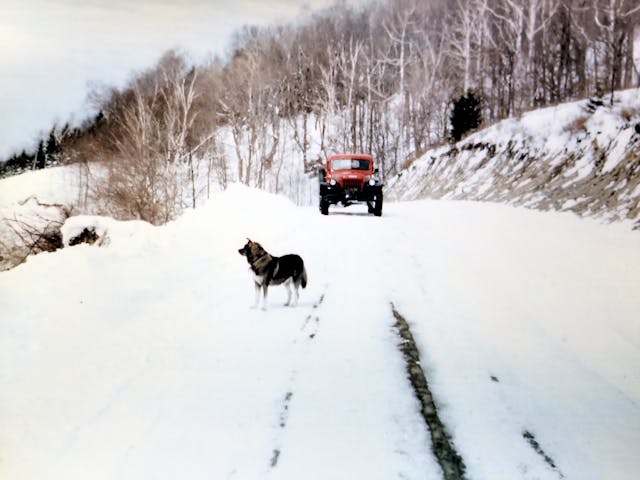
On Mount Equinox, the Carthusians’s Power Wagon was put straight to work by a young brother named Michael. Each brother has a specific job, and Michael’s was to harvest enough firewood to keep the community warm through the Vermont winters. He and the truck hauled about 100 cords of wood a year for half a century. The Dodge spent its entire working life with Brother Michael, who loved and maintained it relentlessly.
In 2009, he told me it was time to retire the Power Wagon. I was shocked, because it was such a fixture on the mountain. When I asked what would come of it, he said it would be nice if someone could give the truck a good home, then stared at me until I took the hint.
Marketplace
Buy and sell classics with confidence
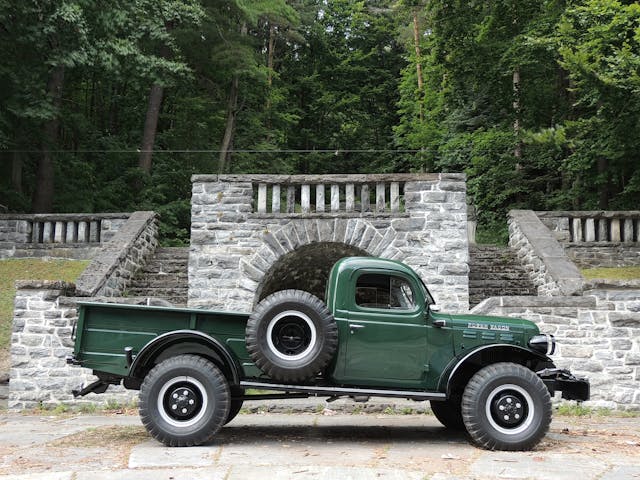
A new home it has, and a new look, too. During the course of its four-year restoration, which I finished in spring 2020, I replaced the original Bermuda Coral color with a Mason single-stage urethane in correct 1956 Pontchartrain Green and black. Because this truck was a late ’56 build, it features the 12-volt electrical system that Dodge upgraded to midway through production (from 6 volts), as well as the New Process 420 synchromesh transmission. It also has the single option offered by Dodge that year—a driver’s-side armrest.
The Power Wagon will live out its retirement with me in my own rural corner of Vermont, where its toughest workload now is a leisurely drive through the Green Mountains. I think this truck’s life is a great testimonial to how they were developed, tested, and refined 75 years ago. Its strength and durability are synonymous with those of its original owners—a monastic order that has been around for 900 years.







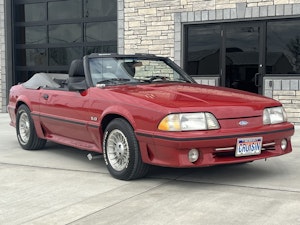

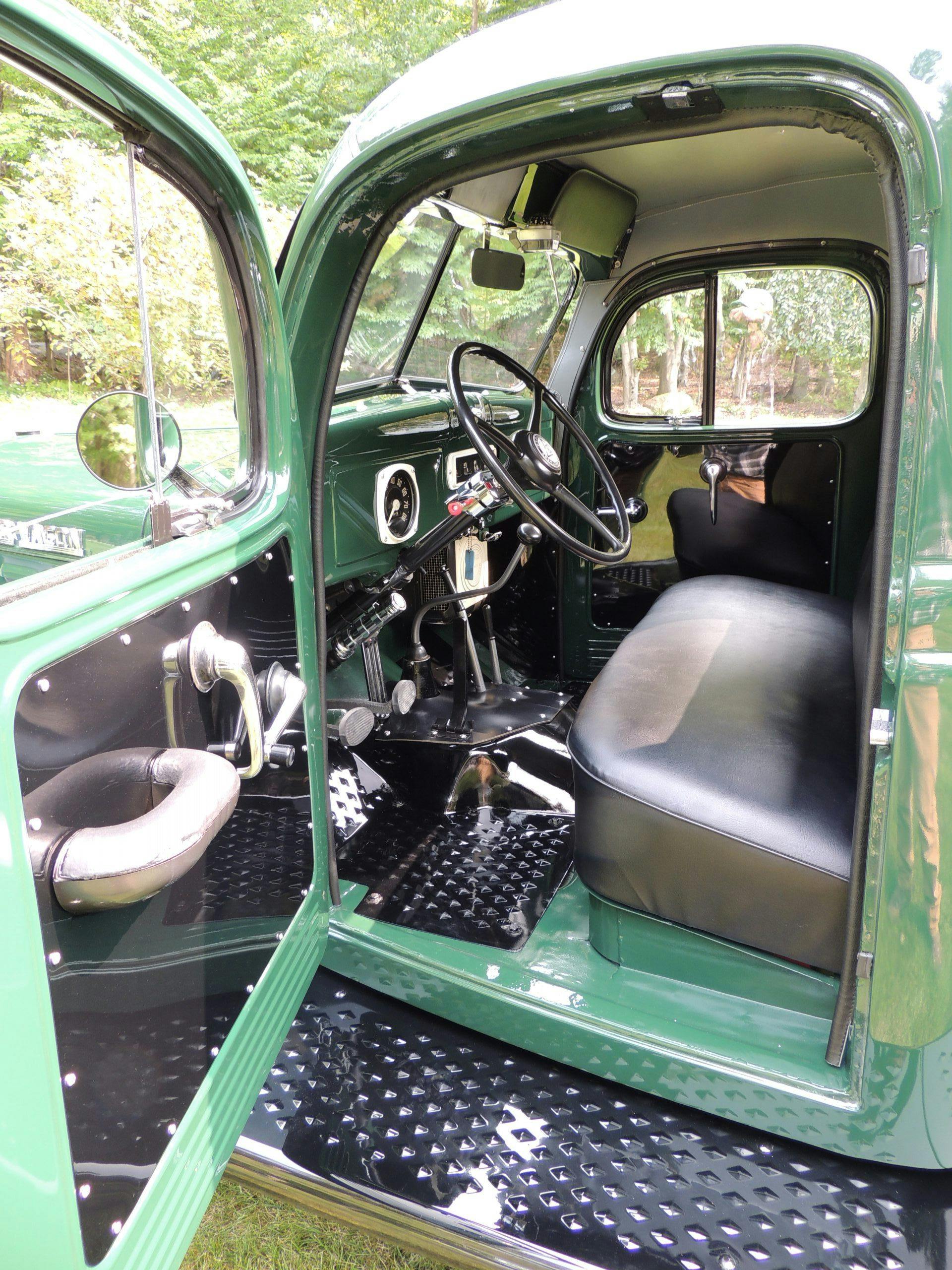
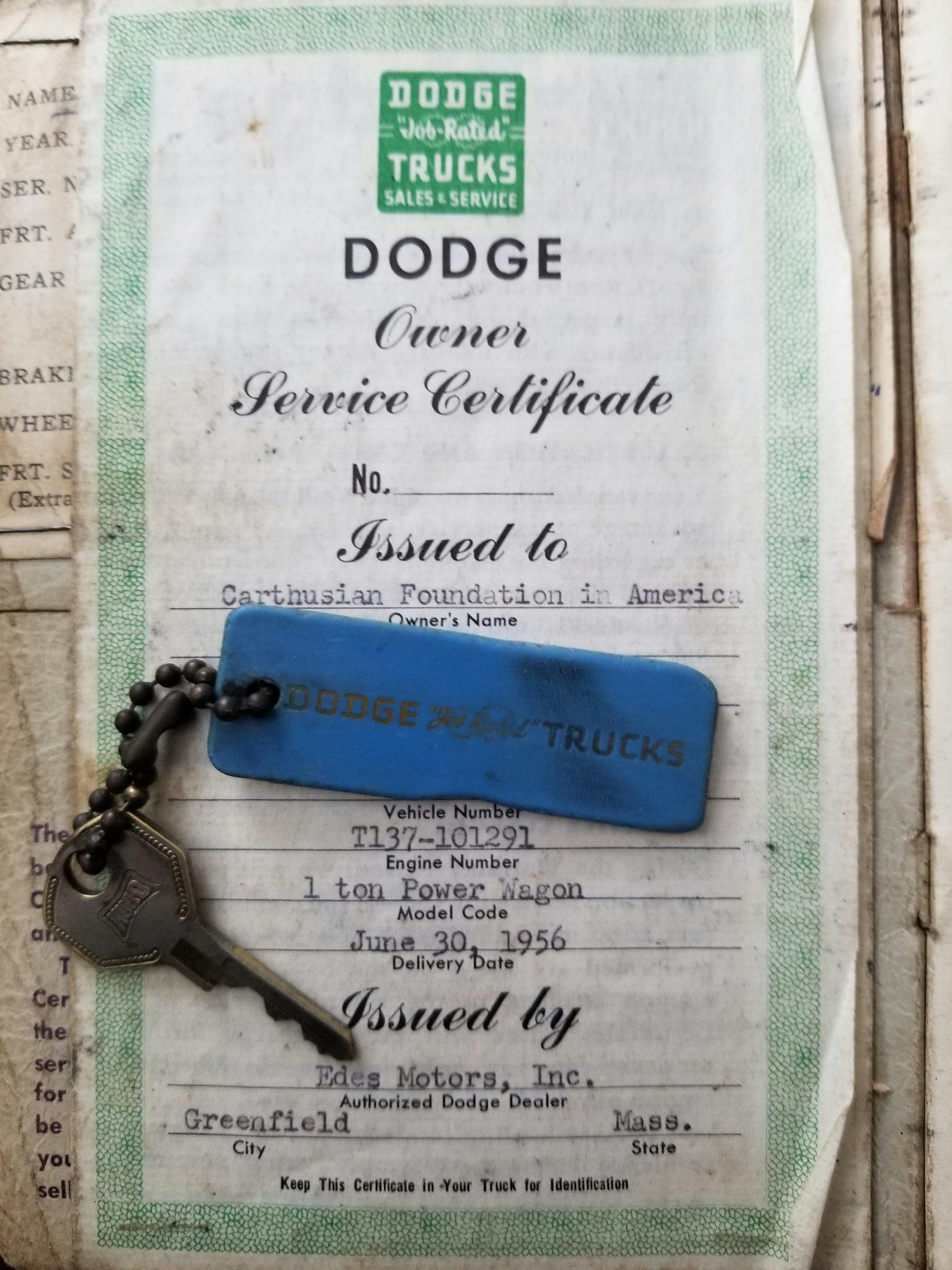
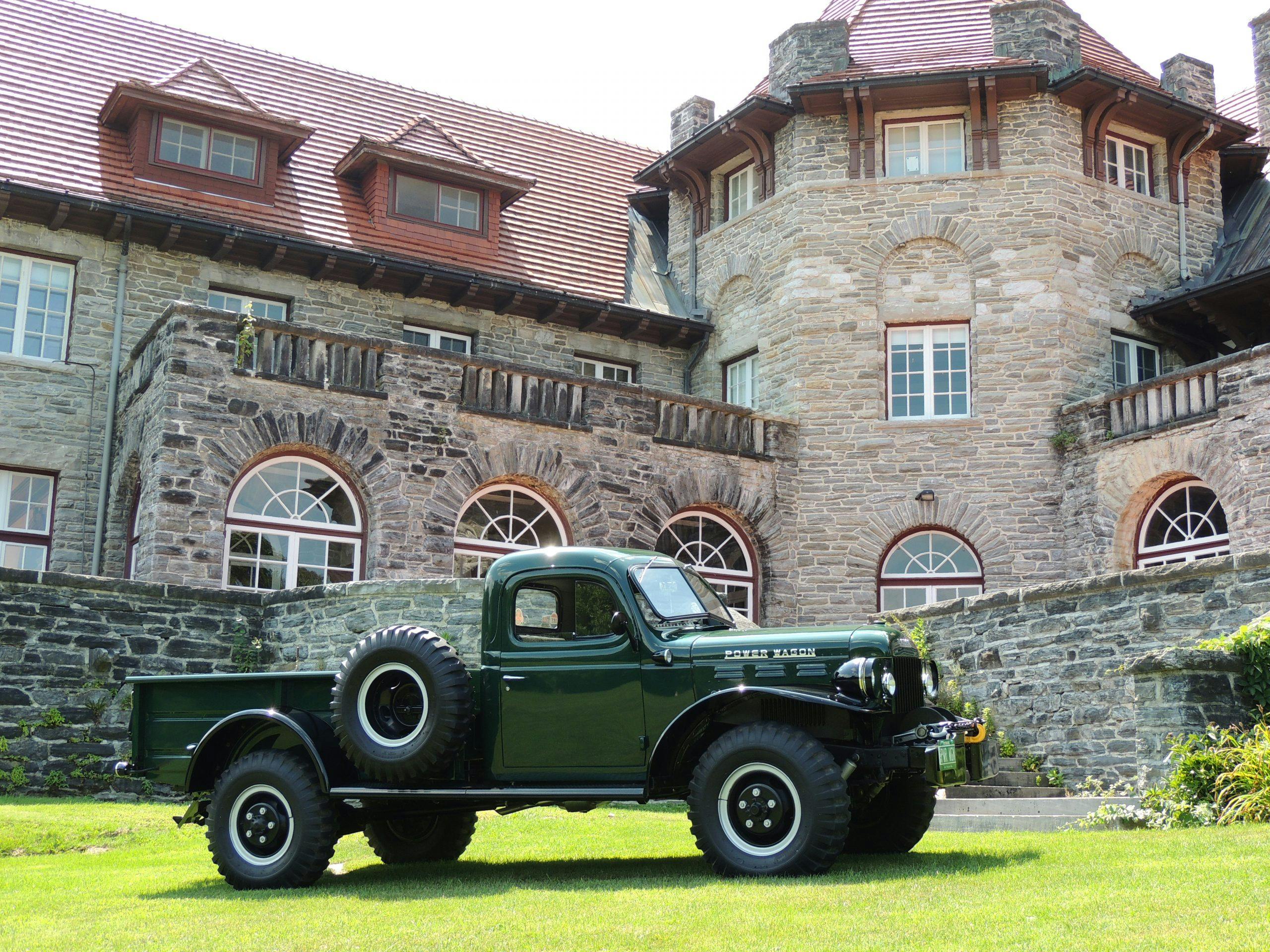
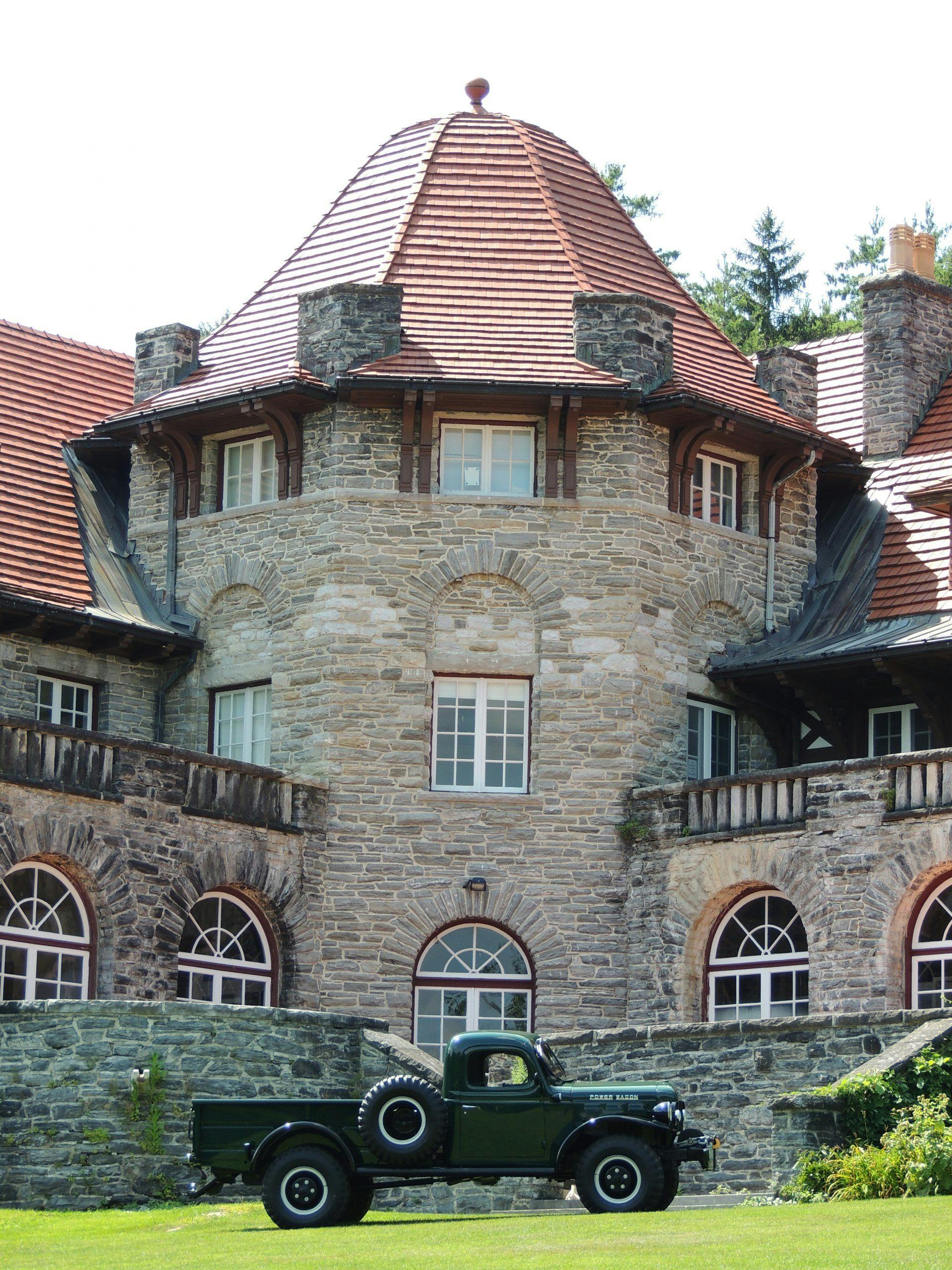
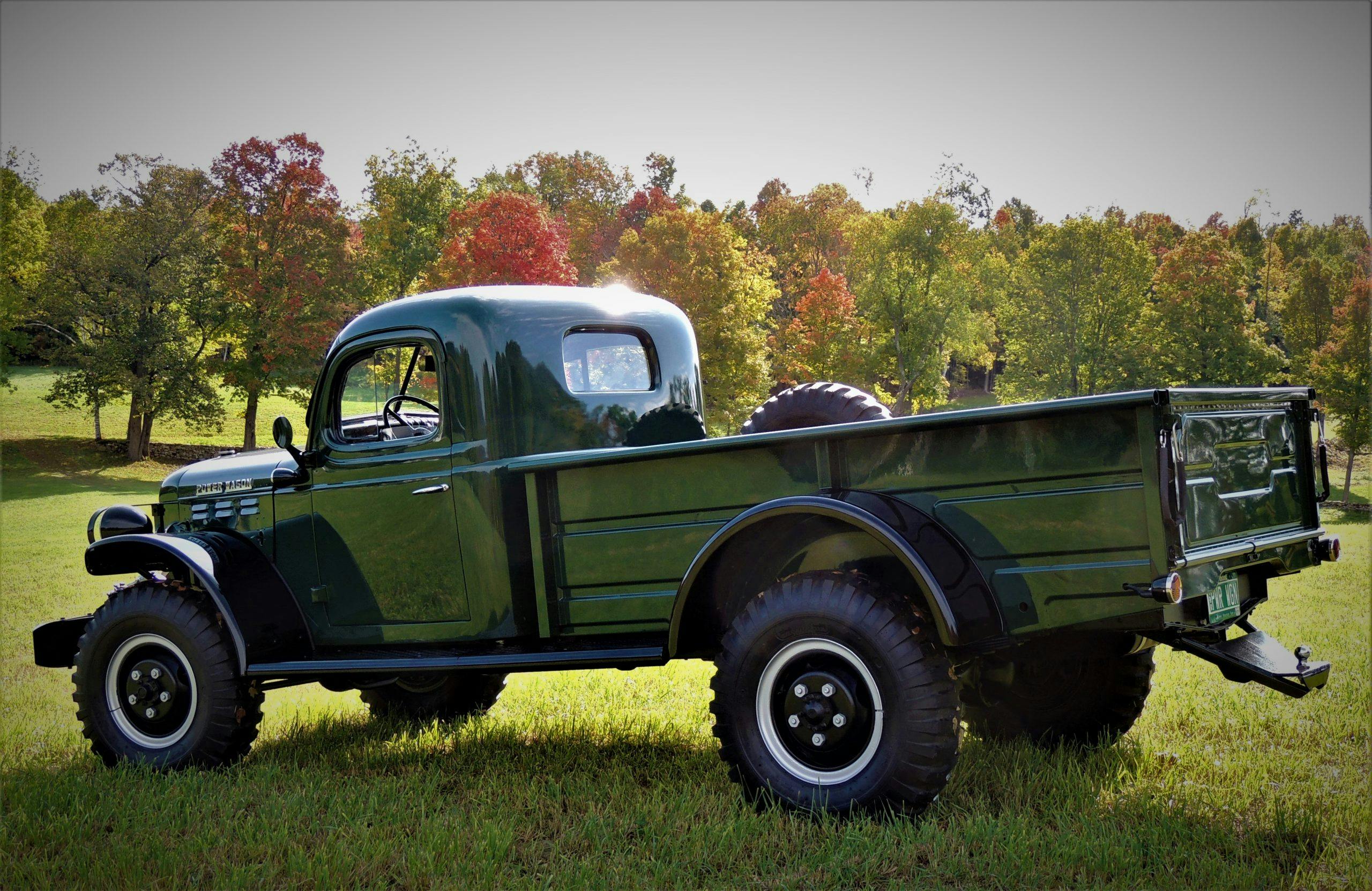

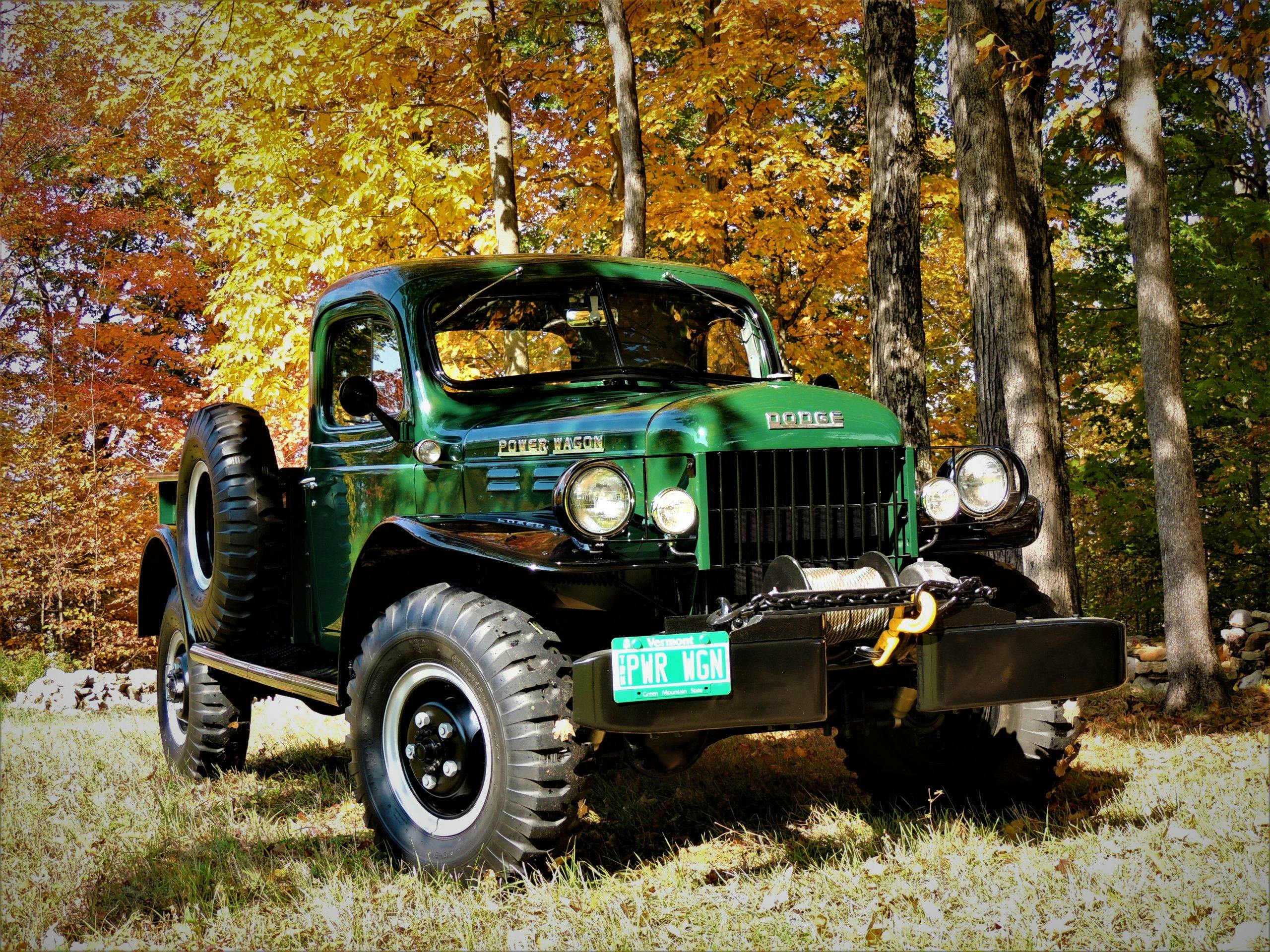
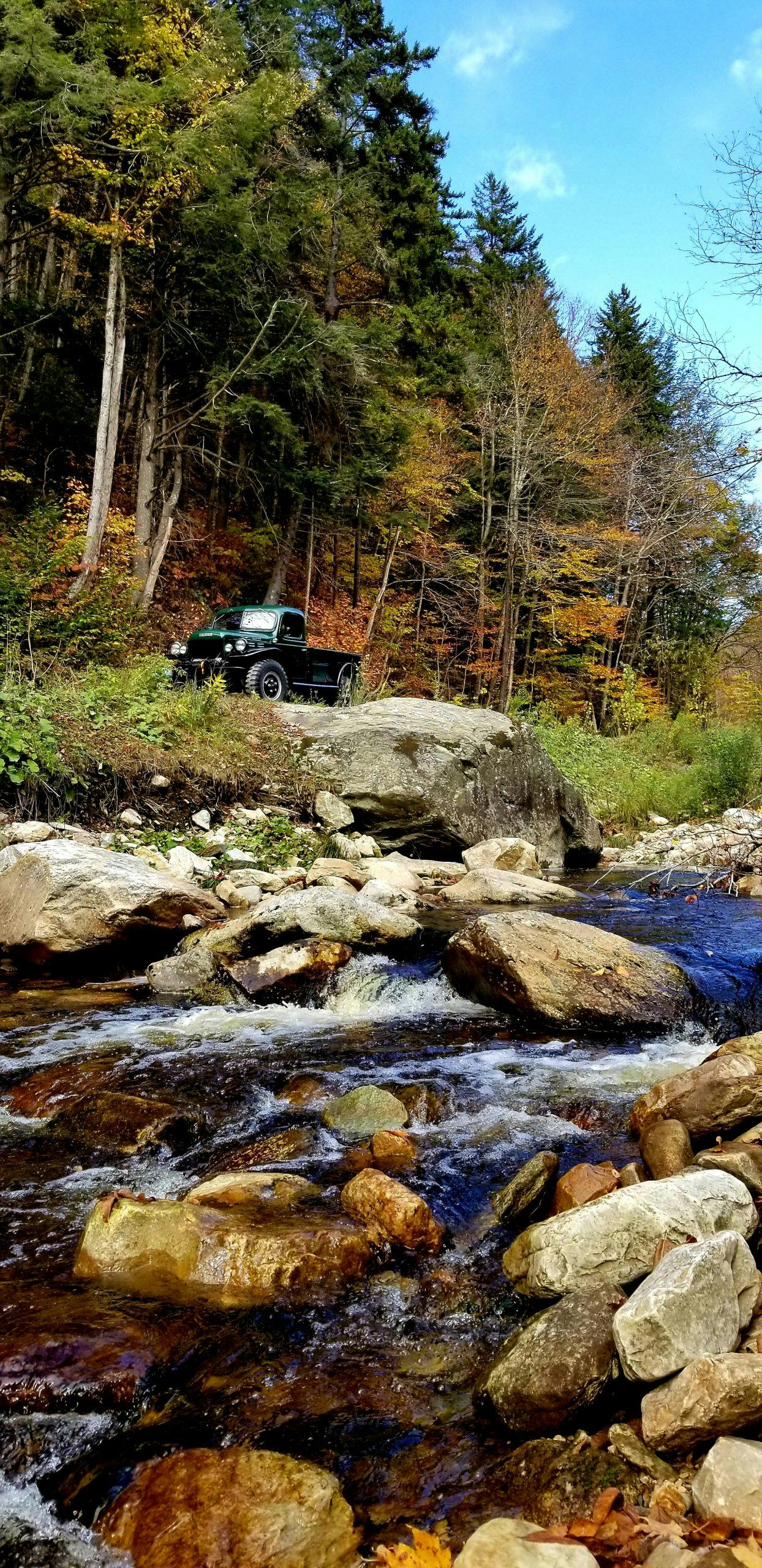
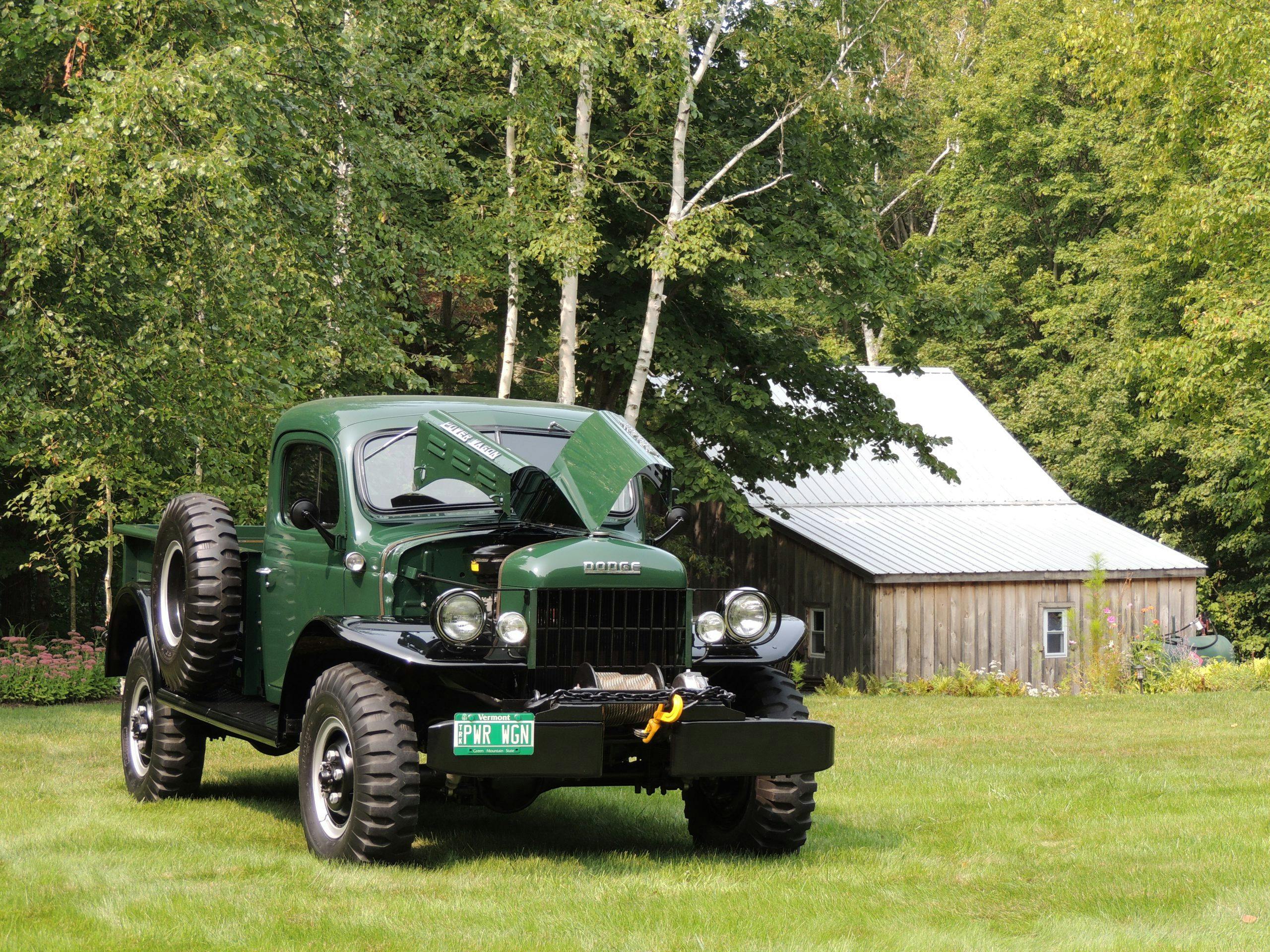
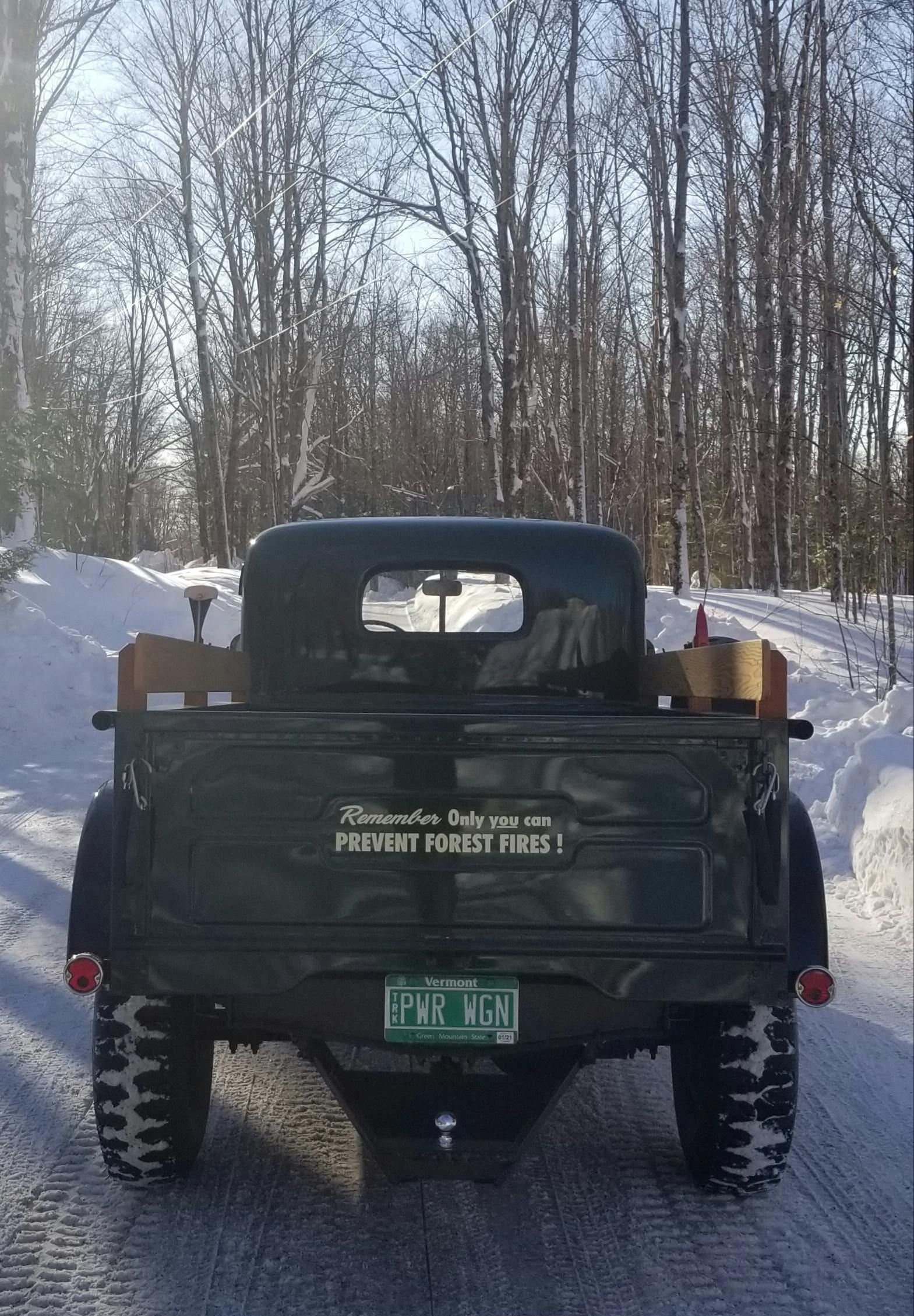
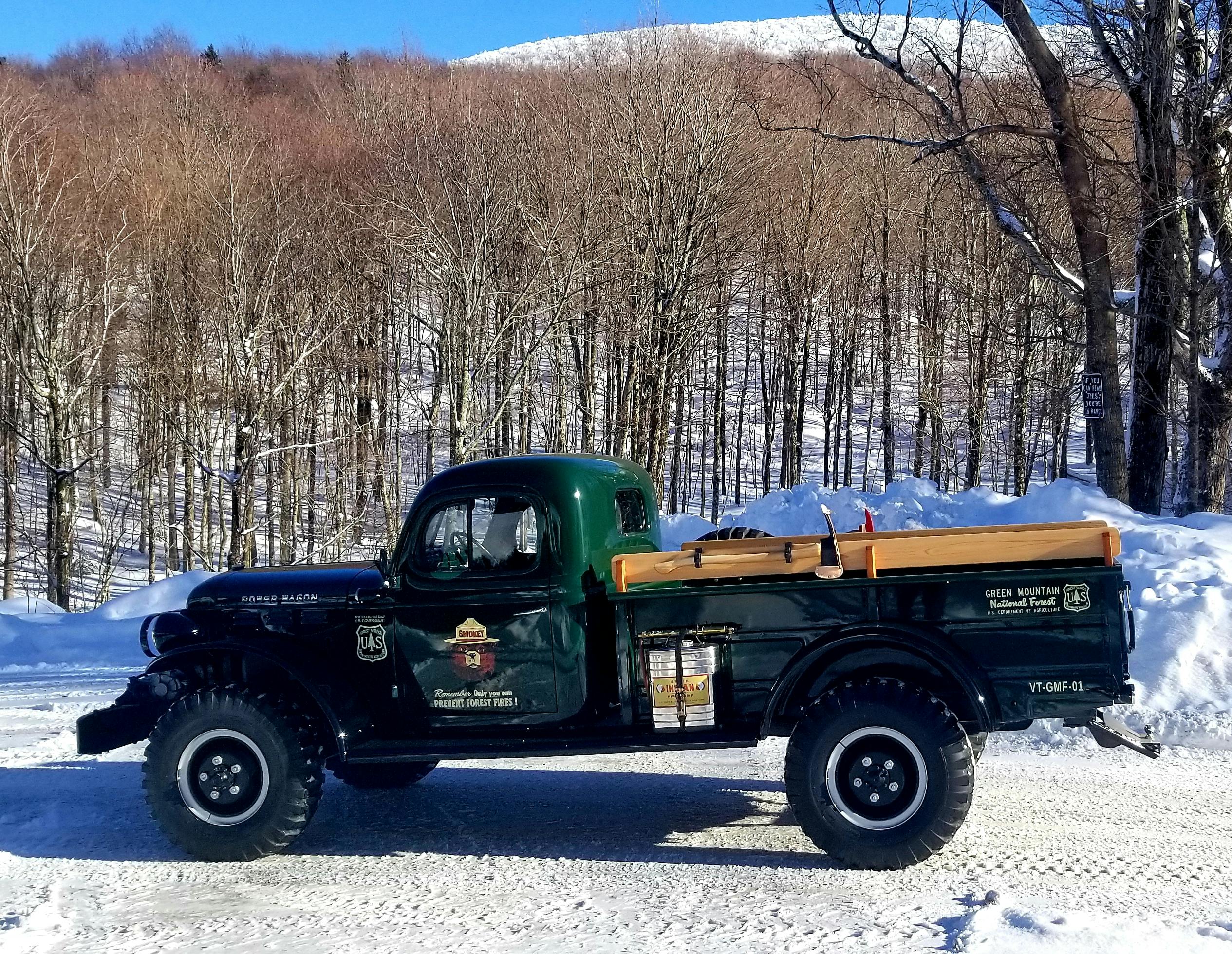
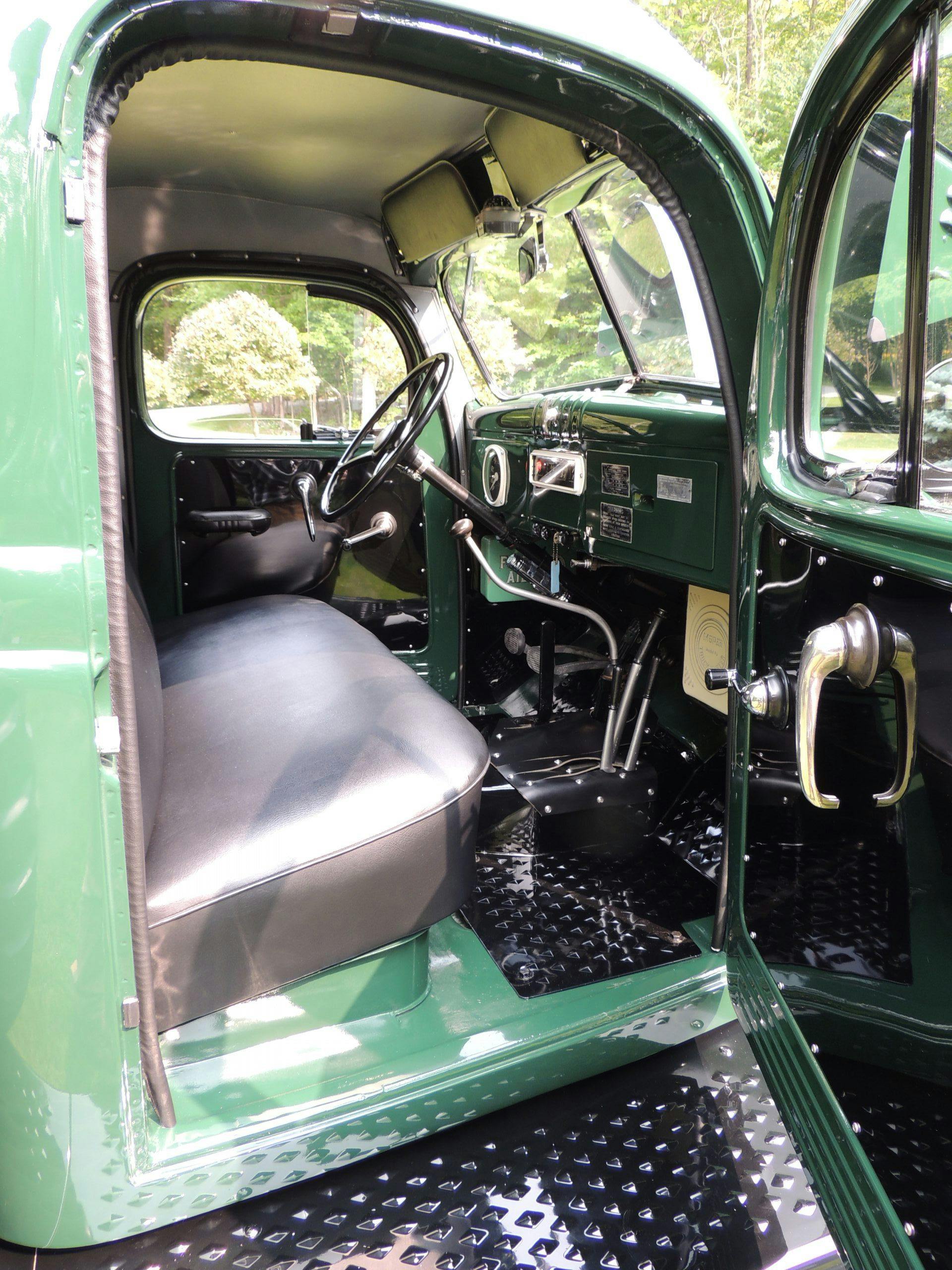

















Hey Jerry,
Met you today at the Saratoga Museum Car Show. Drop me an email that was on my woodworking business card. Will be happy to get more inside stories regarding the Greenwich Concours. Rod wheeler